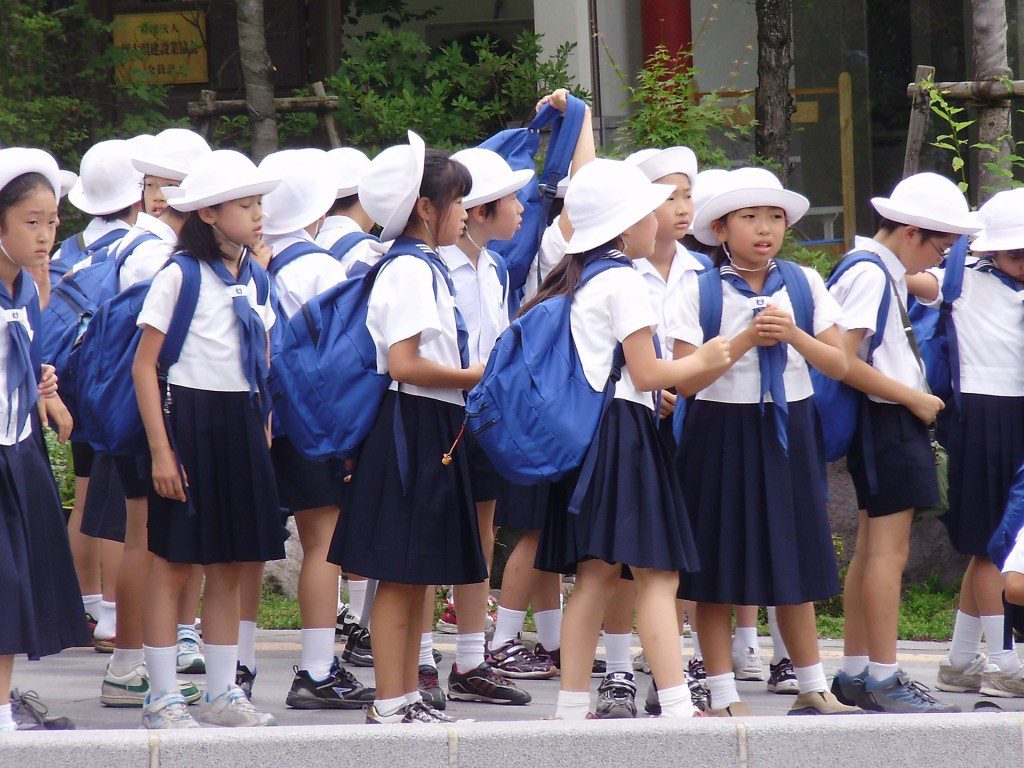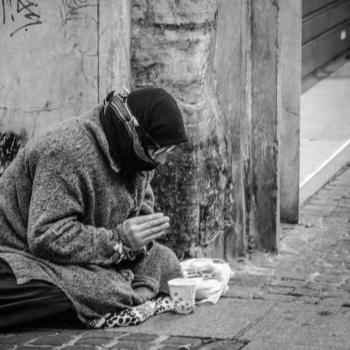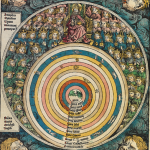
Some time ago, I wrote about the Japanese phenomenon of hikikomori, teen boys and young men who isolate themselves in their bedrooms, to a degree far greater than the stereotypical American “kid who just plays video games in the basement.”
They spend all their time in their bedrooms, completely isolated. They neither interact with their families, nor do they have online relationships; they generally don’t even have computers, but instead they do such things as watch TV, draw, or just . . . nothing, all day long. They’re paralyzed.
And it’s the nature of Japanese society that gives them this paralysis. In the first place, many of them stopped going to school at as young an age as middle school, because of bullying. And unlike the U.S., where administrators, teachers, and parents work to stop bulling, there, everyone’s pretty much OK with it, because it’s what compels conformity, and Japan insists on conformity and punishes deviance. This insistence on conformity further means that these boys and men keep the shades closed, and don’t dare let anyone see them inside, or leaving the house, out of fear that the family will be talked about. And seeking help is even worse, as it brings shame upon the family — though some courageous men and women are beginning to establish programs to help these hikikomori, such as day programs and drop-in centers.
And these aren’t just a few isolated cases; the estimate is that there are 1 million such teens and men.
This was based on a book, Shutting Out the Sun, by Michael Zielenziger, which is admittedly over a decade old by now, published in 2006, but a 2016 CNN article provides a current report, based on a government survey indicating 541,000 such teens and young adults (the age range of the survey was 15 – 39), which either means that the situation has improved, or the Zielenziger figure was an estimate due to lack of data at the time (or there are many such people above age 39).
I was reminded of this because of an article in this week’s Economist, “Why bullying in Japanese schools is especially traumatic,” which reported that, as a new wrinkle to an ongoing problem, evacuees from Fukushima are particularly likely to be bullied by their classmates. Profiling one particular case, the article continues,
The boy, now 13, is one of hundreds of evacuees to have been bullied at school. And they are part of a broader problem. Bullying may or may not be more common in Japanese schools than elsewhere, but it is unusually intense when it happens. In 1986 a boy killed himself after classmates, egged on by the teacher, topped months of mental torture with a mock funeral. Since then, thousands of articles and hundreds of books have been written on the subject. Yet there is no sign that the bullies are laying off. In 2015 nine bullied pupils killed themselves, according to government figures. Suicide is the biggest cause of death for Japanese aged 10 to 19, and the first day of school the most common date for it.
According to Mitsuru Taki of the Ministry of Education, bullying in other countries tends to involve two or three pupils picking on another. In Japan, in contrast, most cases involve a big portion of a class inflicting insistent psychological (and occasionally physical) torment on a single victim. “Bullies in Japan are not rotten apples,” he says. “It is a group phenomenon.”
There is increased attention to the problem — a 2013 law requires that schools report cases of bullying, but doesn’t seem to do anything about the problem itself. And the fundamental underlying cause is that complete conformity is mandatory in Japanese society and schools, and failure to fit in can have devastating consequences.
Which means that, ultimately, for all that Japan is materially wealthy, I’m quite happy I’m not Japanese.
Image: https://pixabay.com/en/children-scolari-uniform-japan-1136898/
















